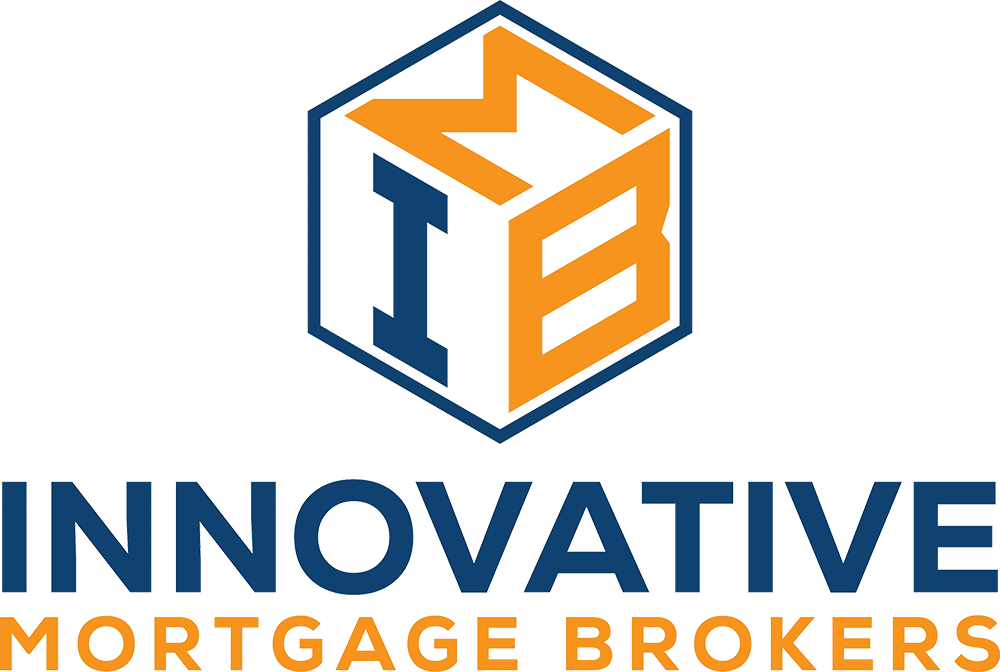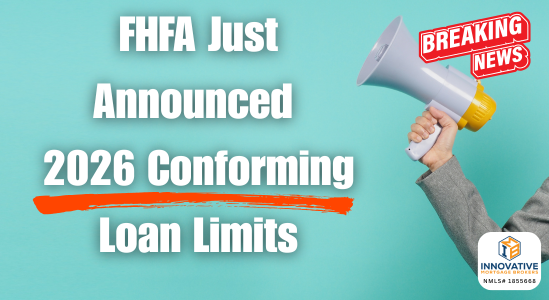What The New 2026 Conforming Limits Mean for Homebuyers and Homeowners in PA and FL…
Cash Out Refinance Up to 90% LTV in PA or FL
What 90% LTV cashout means, who qualifies, and how to structure it
Tapping your equity can fund renovations, consolidate higher‑interest debt, or boost reserves. Some programs now allow cash‑out refinancing up to 90% loan‑to‑value (LTV) on certain primary‑residence scenarios, often without separate monthly mortgage insurance (MI) because the risk pricing is built into the rate. This guide explains how it works, who it fits, and how it compares it to other options.
What “up to 90% LTV cash‑out” means
Loan‑to‑value (LTV) compares your new loan amount to your home’s appraised value. At 90% LTV, you keep at least 10% equity after the refinance.
Example
Appraised value: $600,000
Maximum new loan at 90%: $540,000
If your current loan is $420,000, your gross cash before costs would be ~$120,000 (less closing costs, prepaid items, and any required payoff of subordinate liens).
Programs that reach 90% LTV typically price risk into the interest rate instead of charging monthly MI. You may still see loan‑level price adjustments and potentially a one‑time fee or slightly higher rate to compensate for the extra risk at high LTV.
Typical eligibility (what we often see)
These can vary by lender and market conditions, but common patterns include:
- Occupancy & property: Primary residence, 1‑unit; some allow 2‑unit primary with lower max LTV (e.g., 85%). Condos may require project health checks and may cap LTV lower than SFR.
- Credit score bands: Minimum 680–700+ FICO is common for 90% LTV cash‑out. Higher scores may price better. Lower scores often cap out at 80–85%.
- DTI: Total debt‑to‑income typically targeted at 45% or less; compensating factors may allow modest flex.
- Reserves: Expect 2–6 months of PITIA after closing; more for multi‑unit or risk‑layered files.
- Seasoning: Many programs require 6–12 months since the last refinance or purchase and no recent mortgage lates.
- Appraisal: Full interior appraisal almost always required; appraisal waivers are rare on high‑LTV cash‑out.
- Liens & title: Any junior liens are usually paid off or subordinated at closing. Recent listed‑for‑sale properties may trigger additional scrutiny.
We’ll map your scenario against current investor matrices so the ask from underwriting is predictable.
How “no monthly MI” usually works at 90% LTV
Traditional Conventional loans require PMI above 80% LTV. With certain high‑LTV cash‑out programs, there’s no separate monthly MI line, instead, the rate and/or one‑time pricing absorb the risk. Your payment is simpler, and there’s no PMI cancellation step later. The trade‑off is that the rate can be higher than a lower‑LTV cash‑out or a no‑cash‑out refi. We’ll show the apples‑to‑apples math.
Payment & cost example
We’ll show:
- New principal & interest vs. your current P&I
- Effect of taxes/insurance escrow reset
- Total cash to you net of costs
- Break‑even if consolidating credit cards or personal loans
You’ll get a side‑by‑side with alternatives.
When a 90% LTV cash‑out can make sense
- You need six figures for renovations, payoff of high‑interest debt, or major life events, and prefer one fixed payment
- You plan to keep the home long enough for the math to beat HELOC variability
- Your credit and income support pricing at high LTV without straining DTI
Documentation checklist (kept tight)
- Pay stubs and W‑2s (or self‑employed income docs)
- Two months of asset statements (source large deposits)
- Mortgage statement(s) and HELOC/second‑lien info
- Home insurance details; HOA statement if applicable
- Explanation for recent credit events or large debt payoffs
Clean files close faster. We’ll tailor the list so you only upload what’s needed.
FAQs
Is 90% LTV available on second homes or investment properties? Typically no; most cap lower for non‑primary.
Can I leave my HELOC open? Usually it must be paid off or resubordinated; many programs require payoff at closing.
What if I opened new credit recently? It can affect pricing and DTI. We’ll rerun numbers and adjust the plan if needed.
Will I get cash back on a limited cash‑out refi instead? Different product: limited cash‑out has tighter cash‑back limits; cash‑out explicitly provides proceeds above payoff and costs.
Can I buy down the rate? Yes. We’ll show points vs. lender credits with break‑even math.
How we help
- Clarity first: We start with goals, then map payment comfort and true project costs.
- Numbers you can trust: We build side‑by‑side scenarios with total cost over your time horizon.
- More options, competitive rates: We price across 30+ lenders, finding programs that fit your credit, property, and cash goals.
- Smart structure: We optimize points, lender credits, and term so the plan works on day one and year five.
- Documentation made simple: A tight checklist, early title/lien review, and quick condition clearing.
- Local guidance: We use realistic numbers and coordinate with your title company.
Thinking about a 90% LTV cash‑out? We’ll run your numbers, confirm eligibility, and show a clean, confidence‑building path, without surprises or sales fluff.





